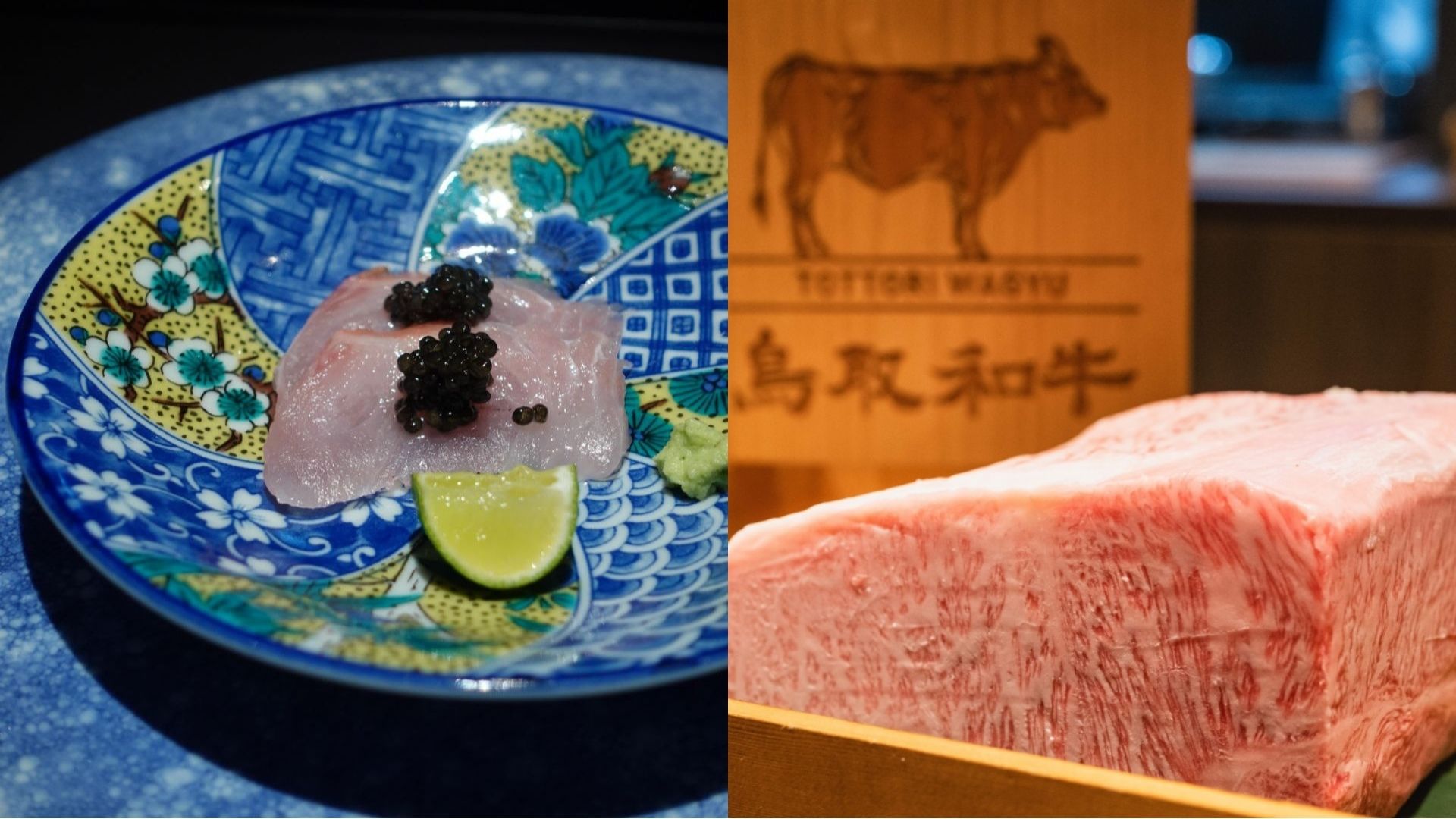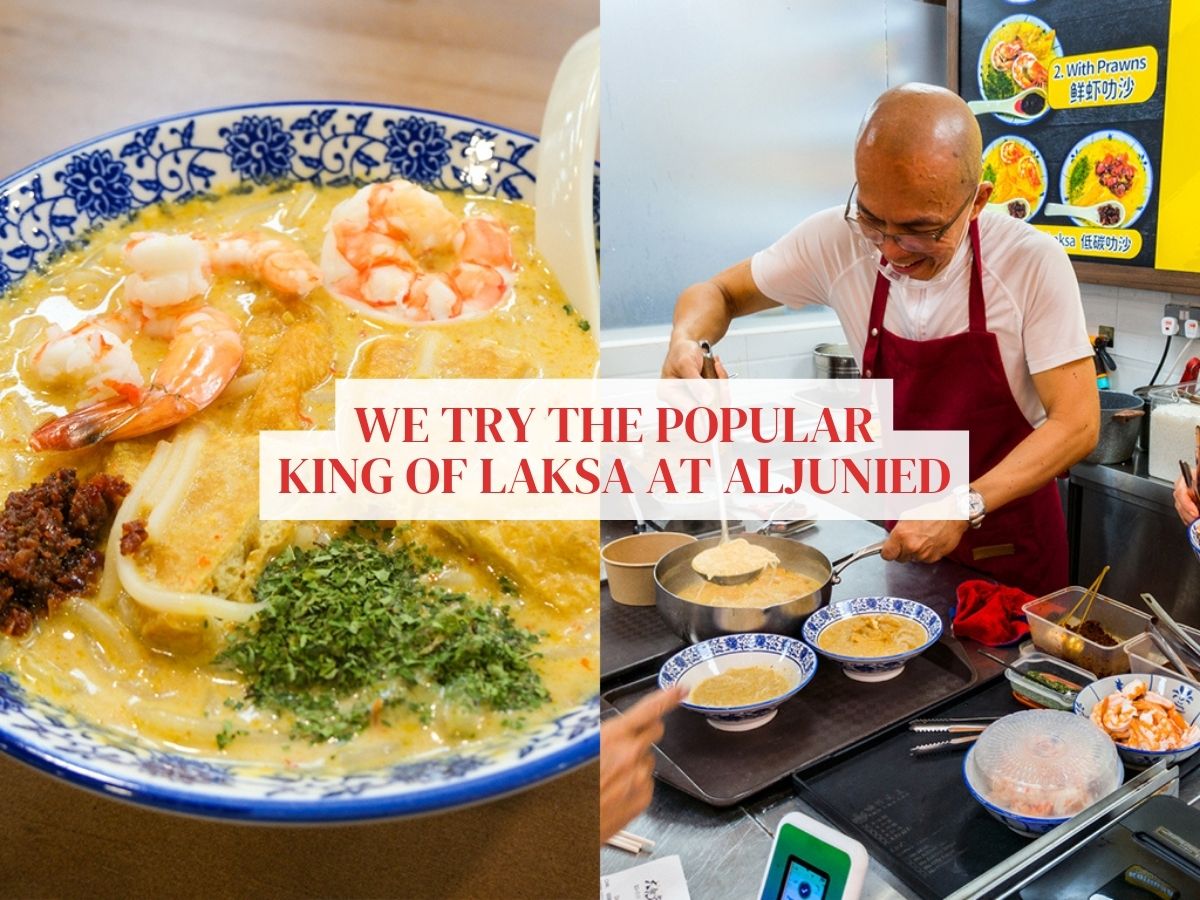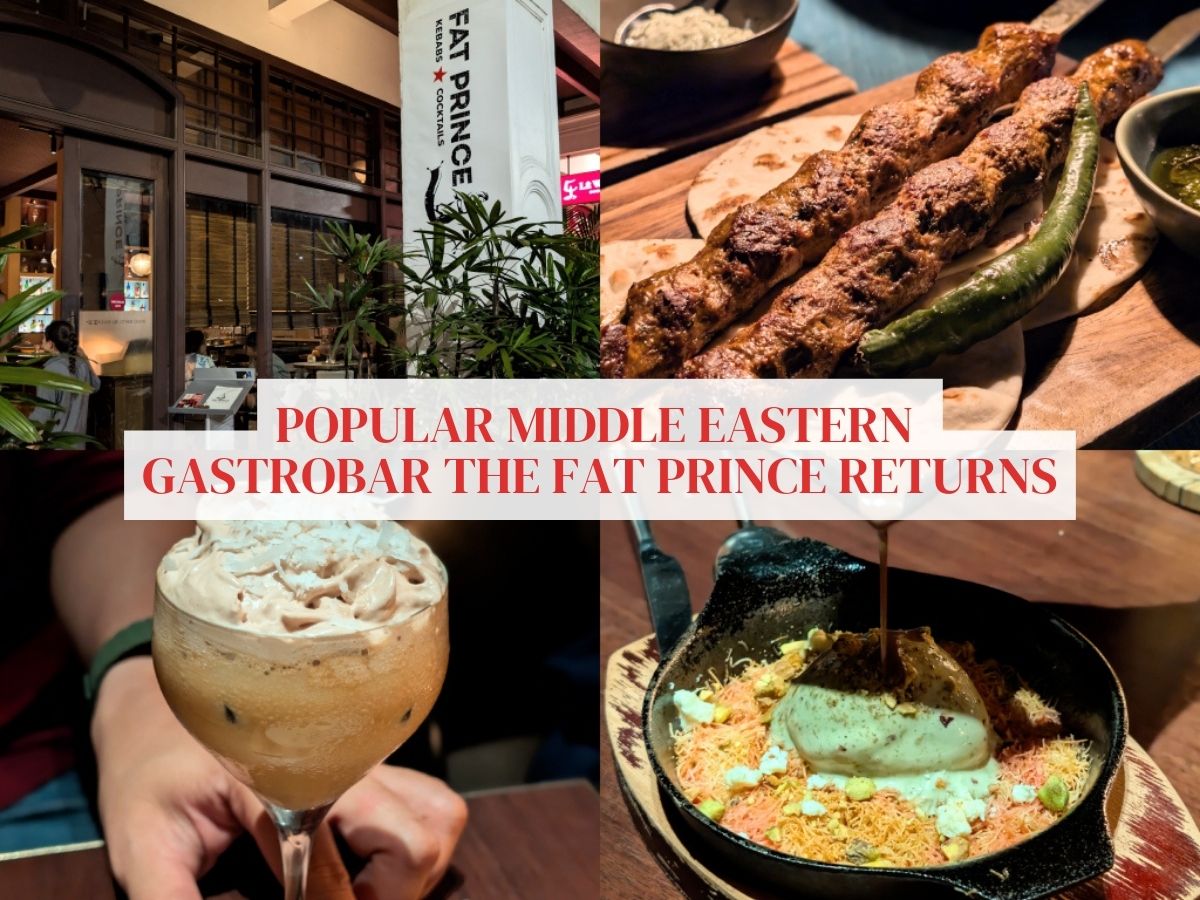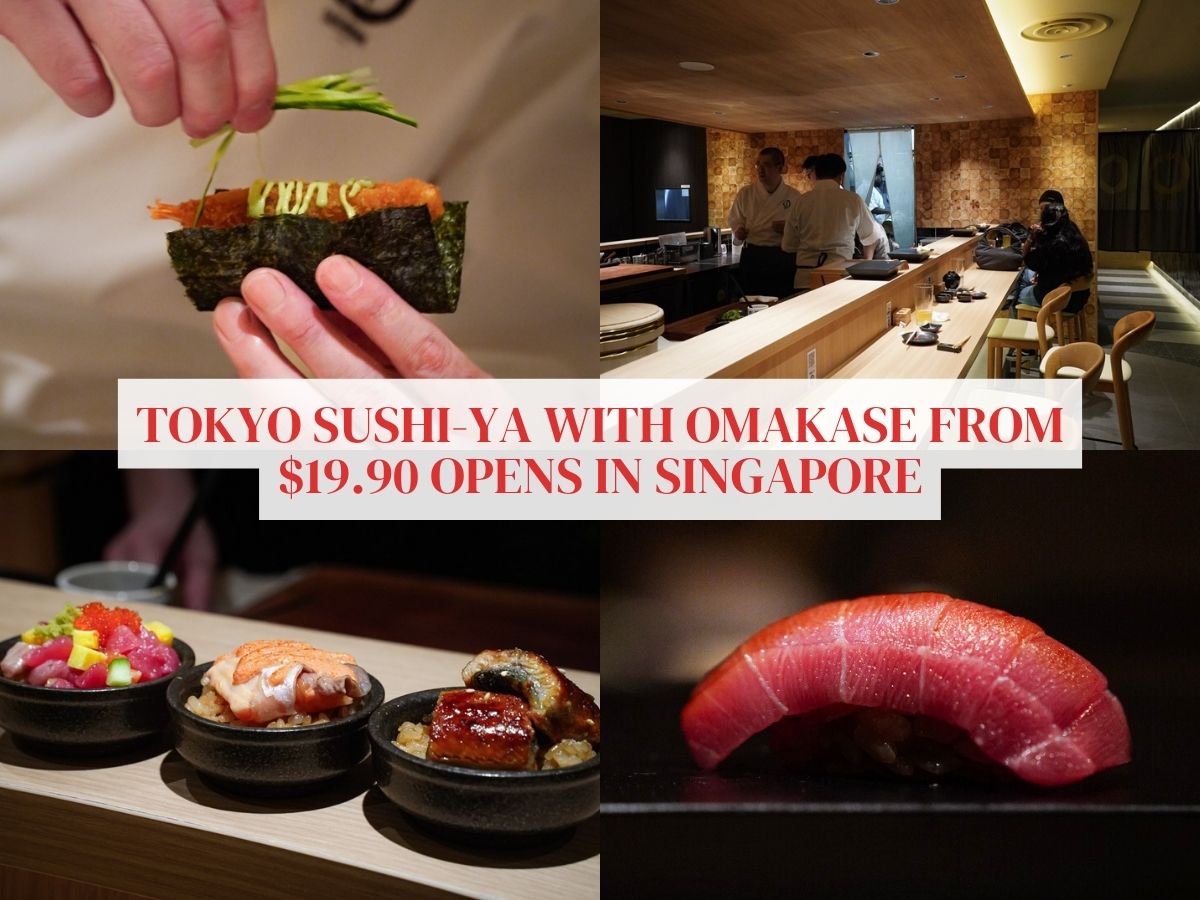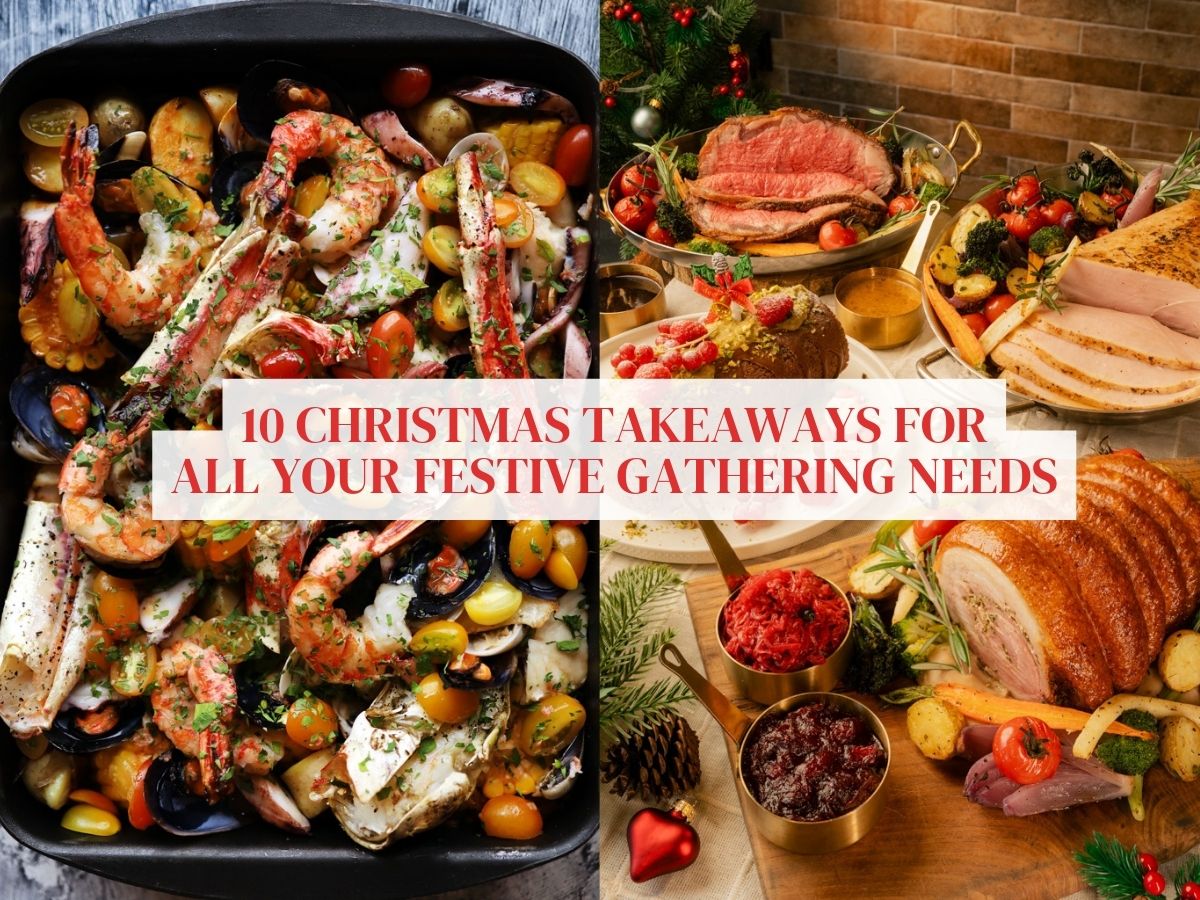Ki-sho now helmed by chef Taro Takayama, with new seasonal menu and Tottori wagyu
Those familiar with elevated Japanese dining in Singapore would be familiar with Ki-sho at Scotts Road. Sitting within one of Singapore’s heritage black-and-white bungalows, the cosy restaurant specialises in kappo-style omakase.
“Kappo” means “to cut and to cook” in Japanese, and typically refers to a multi-course meal decided by and served directly to the diners, by the chef.
It is similar to a kaiseki meal, which more Singaporeans might be accustomed to, but in a kappo meal, there is more chef-diner interaction, seasonal elements, and a less formal vibe.
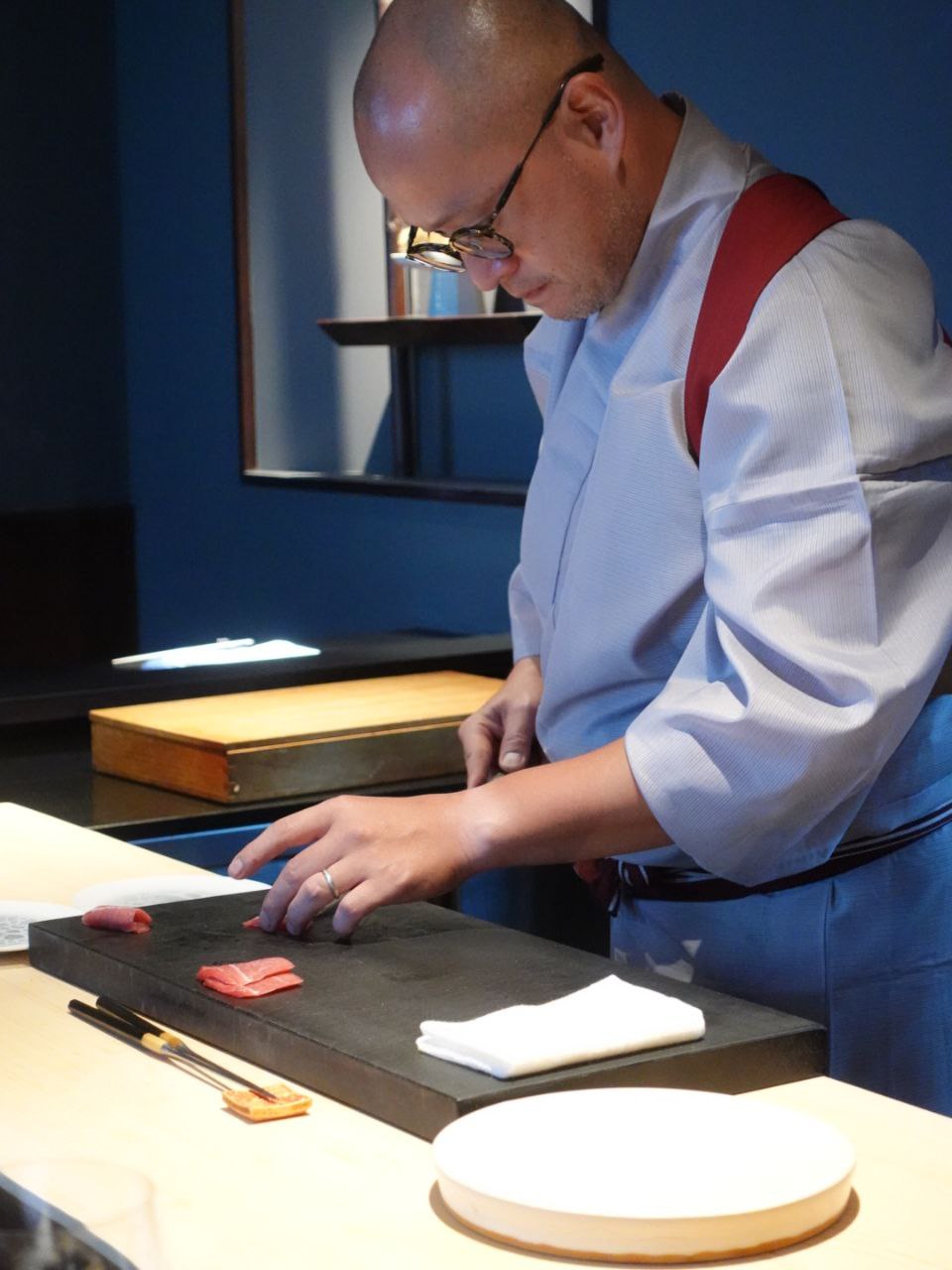
If the name chef Taro Takayama rings a bell, yes, you might have guessed it right: It is none other than the man behind the eponymous (but now-shuttered) restaurant Takayama that stood at Downtown Gallery.
Armed with a decade of culinary experience, including a stint as chef to the Japanese Ambassador to Singapore, and at Michelin-starred restaurants in Osaka, chef Takayama, 43, hails from the Kansai region where kappo-style fare originates.
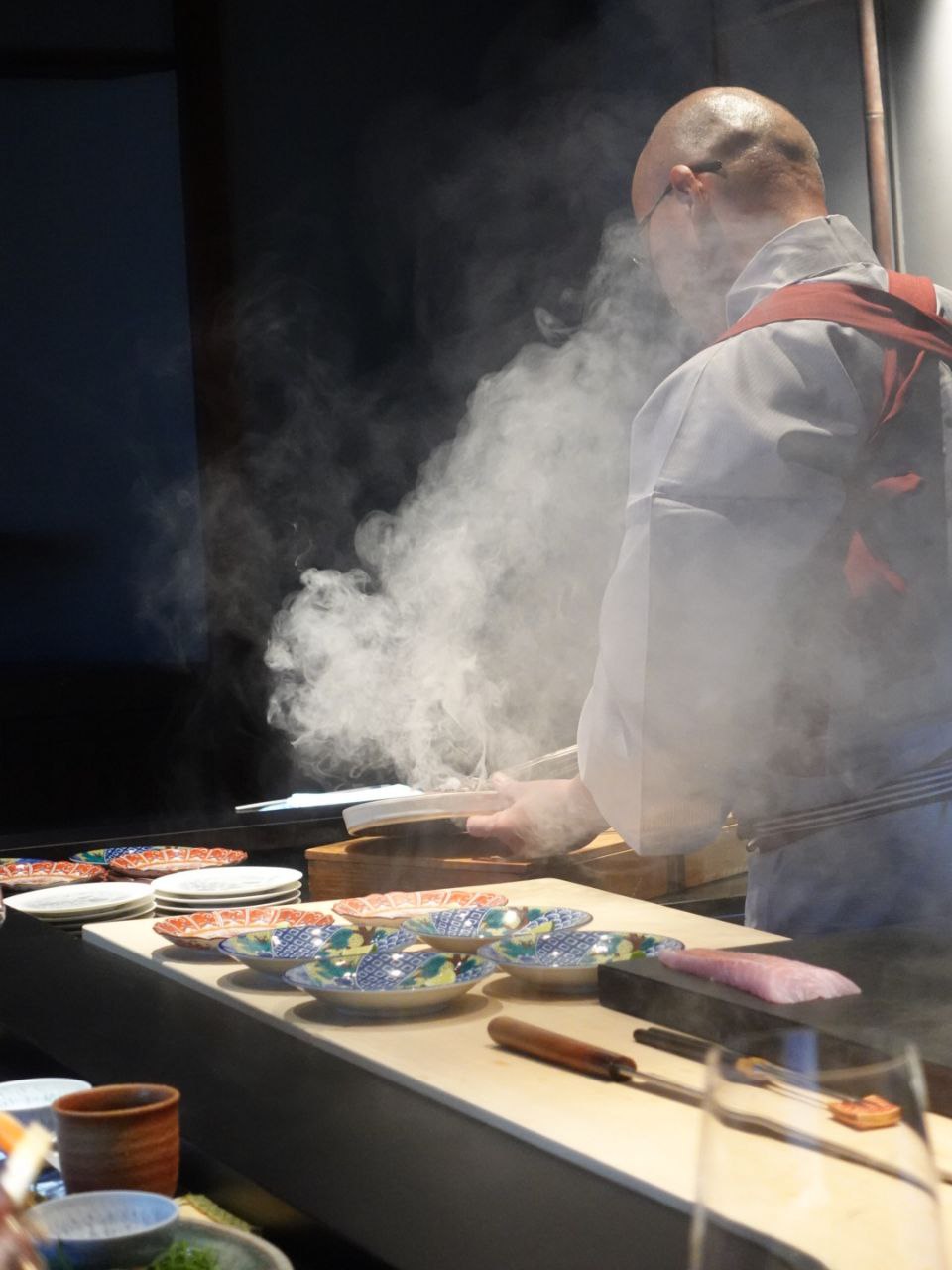
Fresh into his role at Ki-sho — he started in September –- chef Takayama now serves up a menu with elements of his hometown favourites, as well as fresh seasonal produce.
Prices start at S$160 for a six-course meal (available only during lunch), and go up to S$360 for a nine-course meal (available only during dinner). There’s a middle-of-the-road seven-course menu (S$280) offered during both lunch and dinner.
Trying Ki-sho’s menu
Regardless of your choice, the meal starts off with a clear dashi soup made with freshly shaved bonito and tuna flakes, which the chef shaves off a dried fish block, right in front of you.
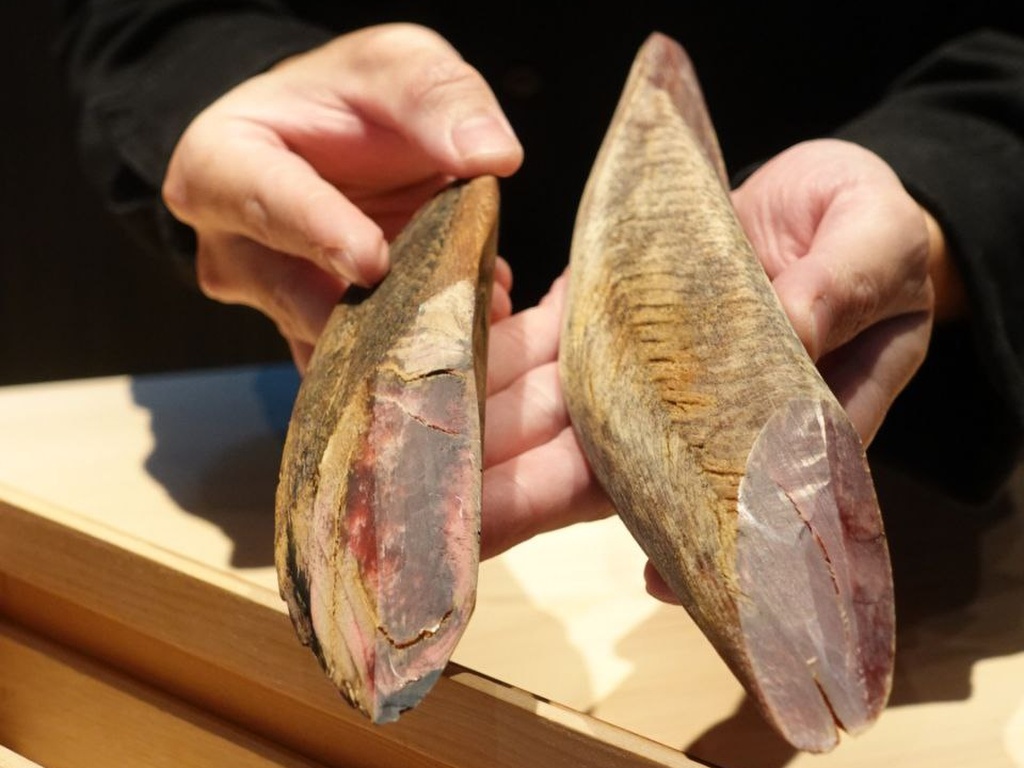
The broth is clear, almost water-like, but with a lingering brineyness that keeps you excited for the rest of the meal to come. Chef Takayama lets on that the soup is never boiled beyond 90°C, to keep it this clear.
If the first taste is anything to go by, the meal is off to a promising start.
Our six-course lunch jumps right into monaka, where chef Takayama encases foie gras mousse into a peanut-shaped wafer shell, a nod to the peanuts served before meals in Chinese restaurants here.
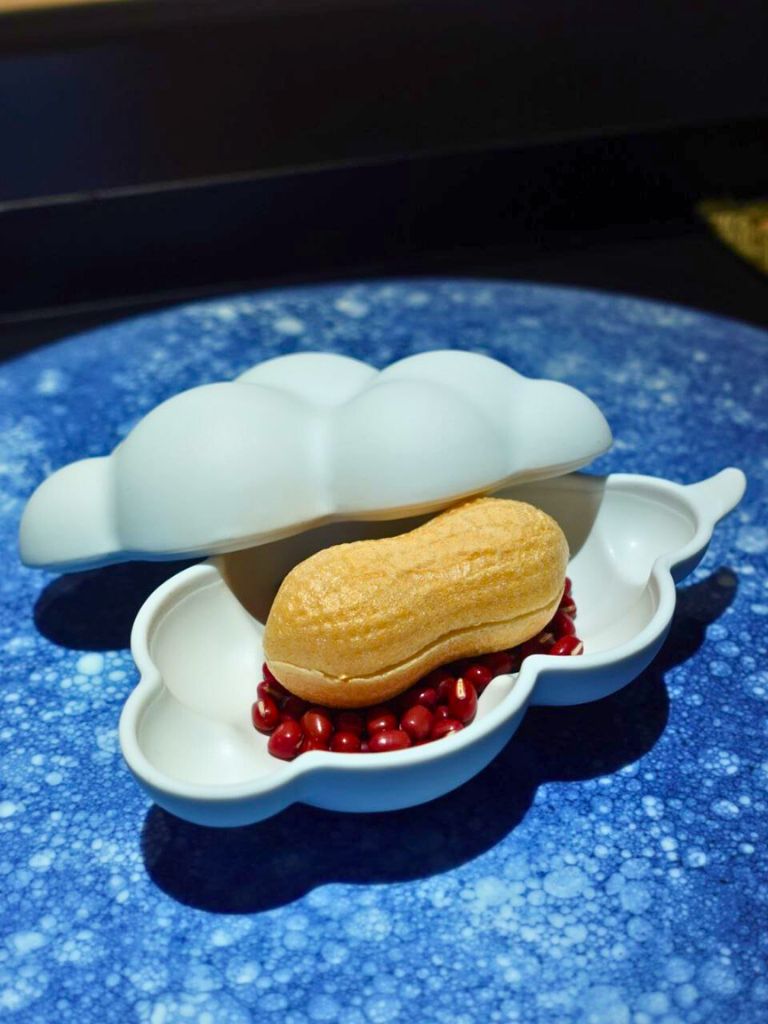
It is a warm bridging touch by the chef who has spent more than a decade on our shores, and one that definitely made us chuckle, when we realised the connection.
The next item — the Zen Garden platter — came in the form of small platters and bowls sitting on a bed of greens, akin to a garden. Our platter came with monkfish liver, chilled corn soup, seaweed with bafun uni, and abalone.
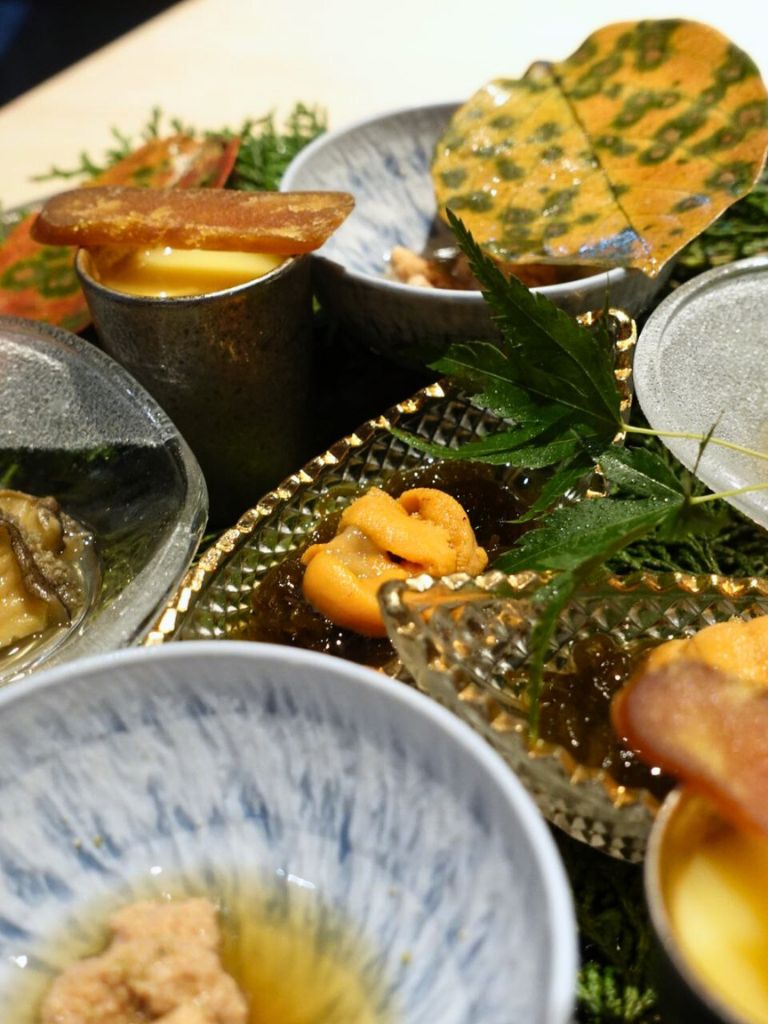
The platter comprises seasonal specials, so it might differ when you head down, as does the next course, the seasonal sashimi.
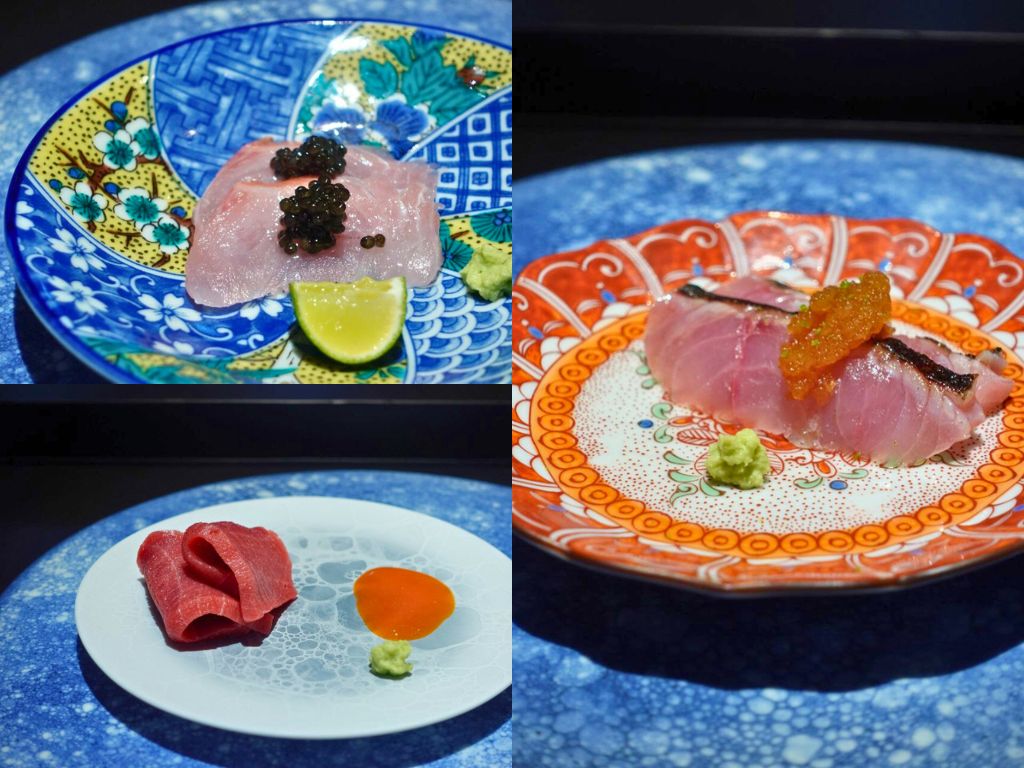
During our meal, we enjoyed a total of three different types of fresh raw fish:
- Kinmedai, or golden eye snapper — prized for its rich yet delicate fatty flesh — served with caviar
- Kuromutsu, or bluefish, which was seared over binchotan, and served with a homemade ponzu-yuzu jam
- Bluefin tuna, dry-aged for 10 days, served with a cured egg yolk
Each selection was a delight, meticulously treated so it reaches our plates with the right amount of freshness, firmness, and fattiness. The complementary ingredients also elevated each cut further without distracting from the original intended taste.
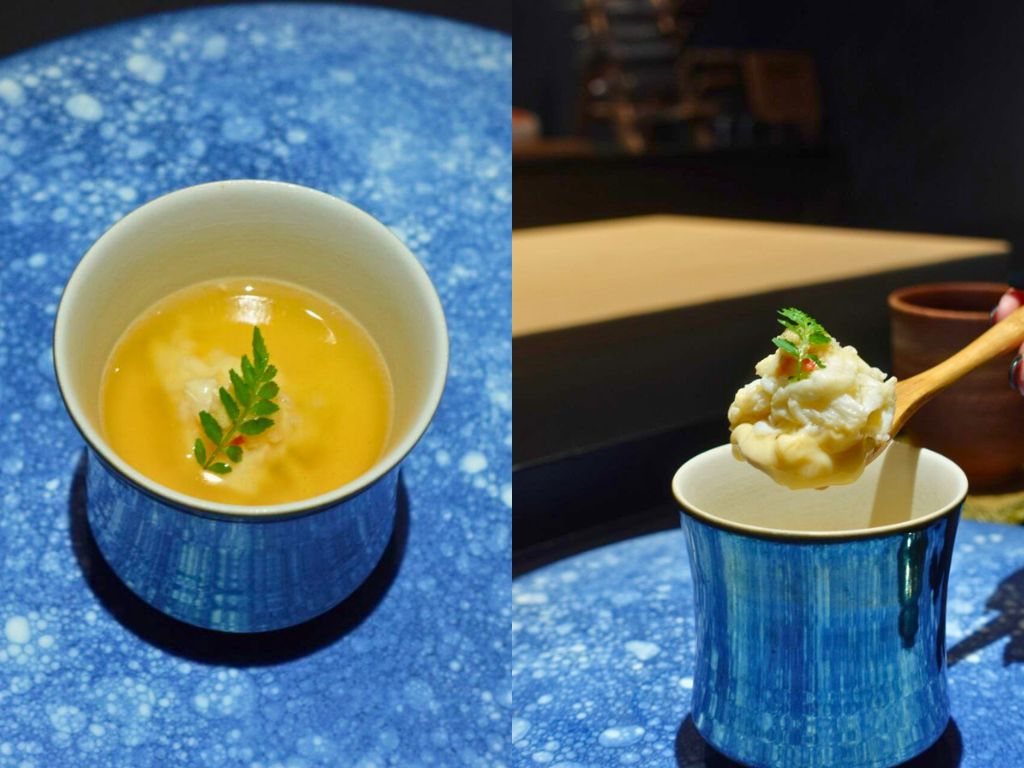
Onto the hot dishes: The six-course comes with a king crab chawanmushi, before diving into the mains, where you get a choice of either an amadai (tilefish) or the tottori wagyu for your proteins.
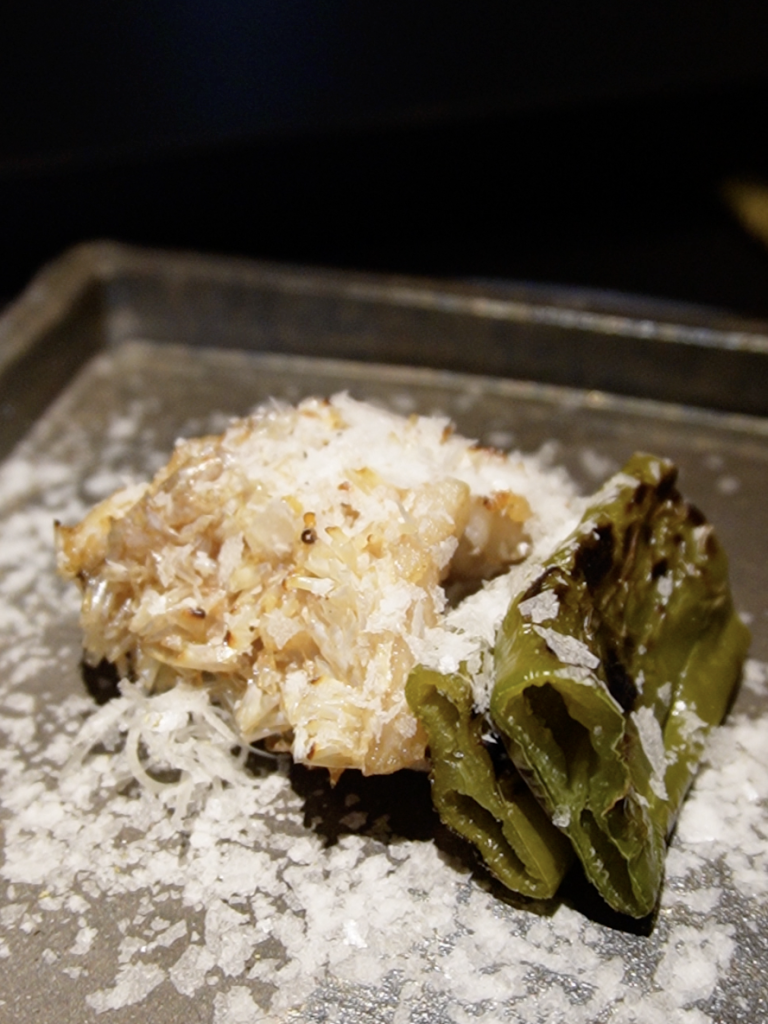
The dry-aged amadai is charcoal-grilled and is served with a side of grilled greens. Taken together with the crunch of its crisped-up skin, the soft fish flesh was rich, yet clean on the palate.
In fact, everything was so light and well-balanced that we had not realised we were nearly done with the meal, also in part thanks to chef Takayama’s even-handed pacing of the meal.
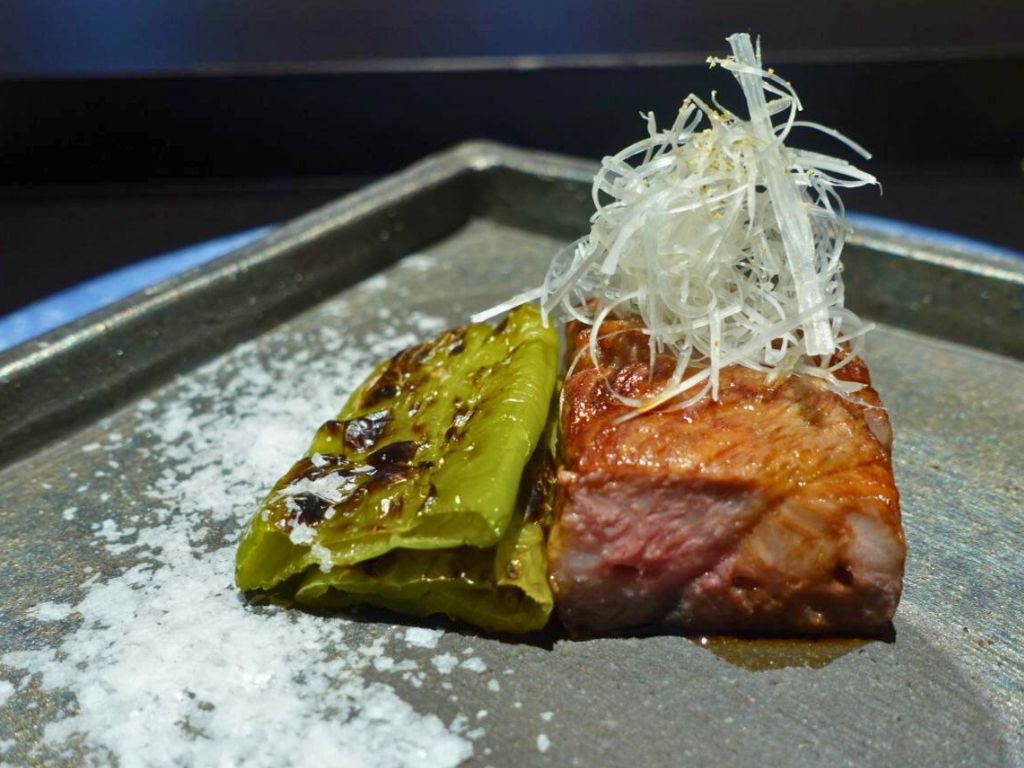
If you’re feeling a little spendy, throw in an extra S$30 for the Tottori wagyu option. Ki-sho is said to be the only restaurant in Singapore that has imported wagyu from Tottori, and it is the first time this has been brought into the country.
Never heard of it? Tottori was actually the prefecture that launched Japan’s first-ever registration programme for wagyu cattle in 1920, and it is home to many of Japan’s top wagyu brands.
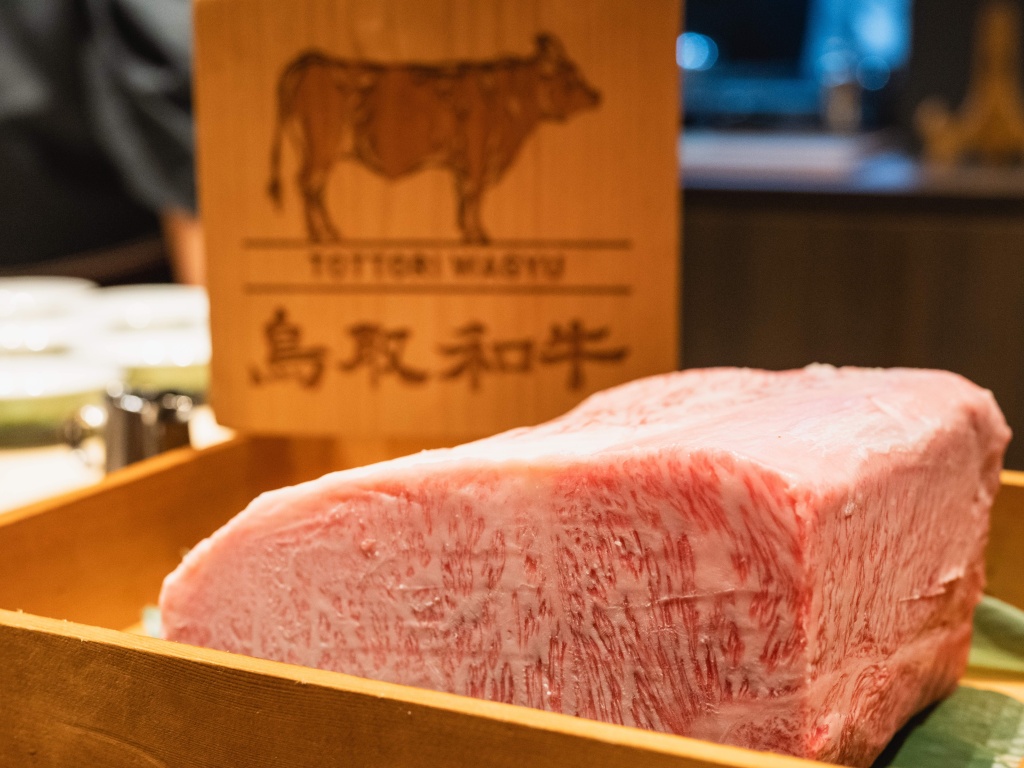
Not only do you get bragging rights at having sampled Singapore’s only Tottori wagyu dish, but the rendition by chef Takayama is as melt-in-the-mouth tender as promised, and juicy, too.
The experience isn’t complete without the donabe, a rice dish which comes with ikura and seasonal ingredients, and one chef Takayama was known for when he ran his restaurant.
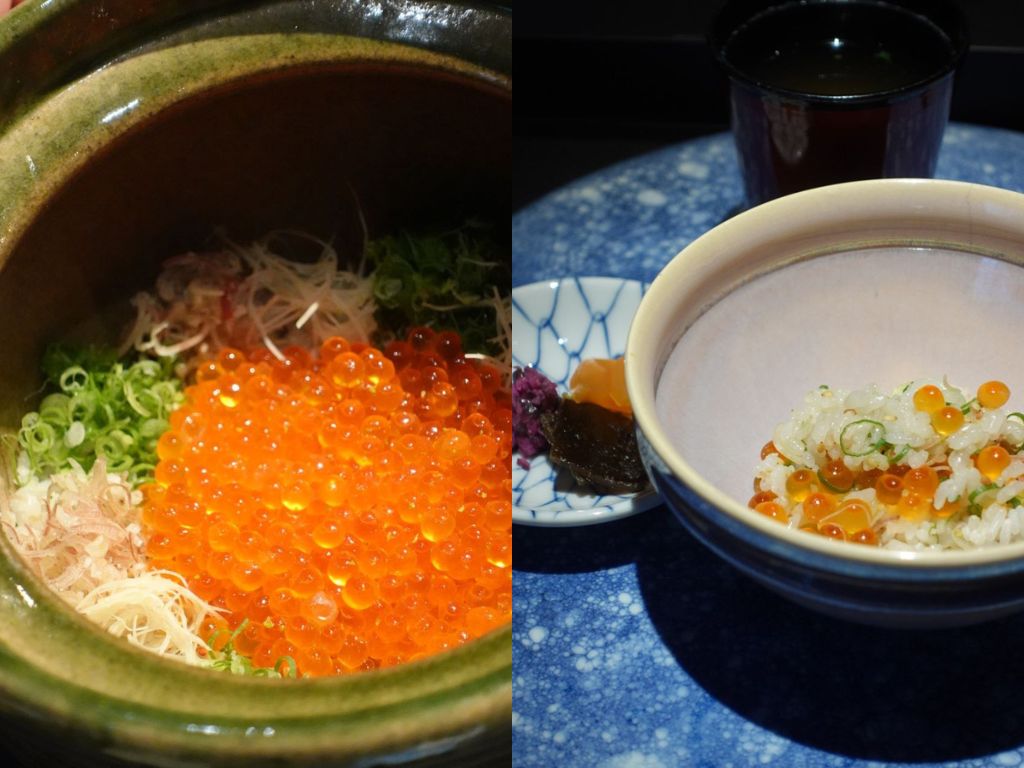
The savouriness of the plump ikura is balanced by the chef’s use of ginger flower, ginger, negi (leeks) and sesame seeds in the special rice blend — every bite has a good mix of crunch, umami, and freshness. You hardly feel like you’re eating carbs at all.
We end the meal with a dose of hojicha financiers and matcha ice cream — also a Takayama mainstay — both deep in flavour, and not too sweet.
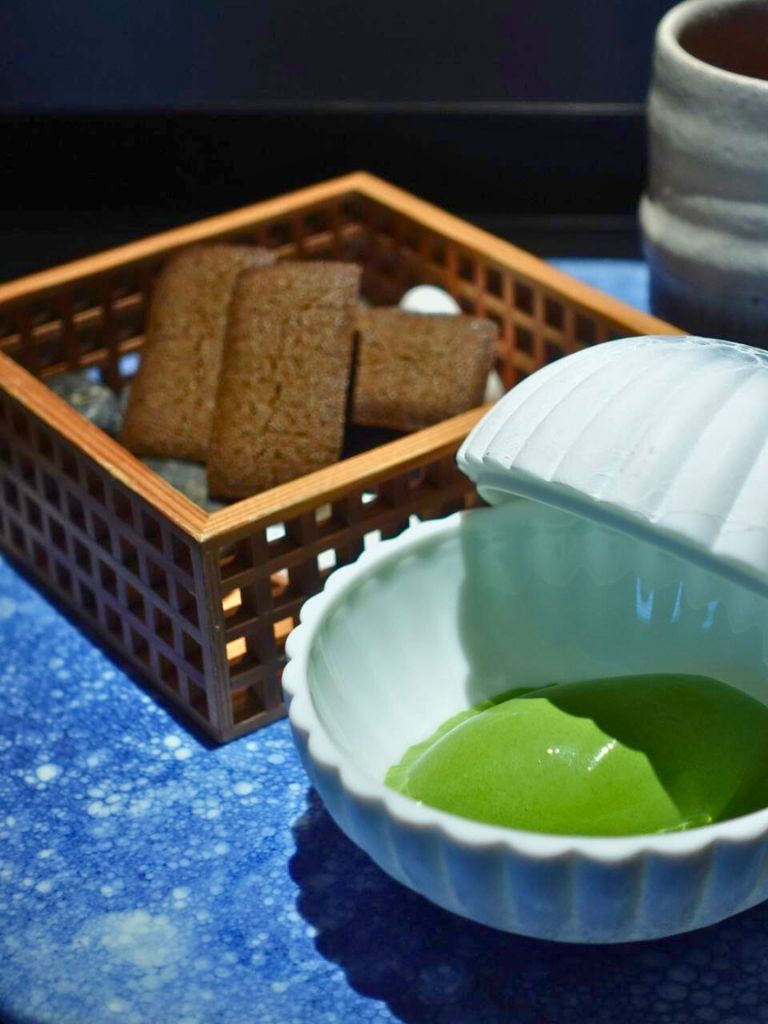
An apt finish and good round-up of the meal, we think. One that promises fresh and bold flavours, but doesn’t overpower, leaving you plenty of room to experience the intended flavours for themselves.
If you’d like some sake or wines to go with your meal, there are exclusive sake labels, such as the Eiheiji Hakuryu sake from Yoshida Brewery that can’t be found anywhere else, including Japan, and an extensive wine collection, which it shares with its sister restaurant in the same building, Buono Terra.
While there isn’t a pairing programme to go with your kappo meal, you can get selected wines by the glass. Just ask the friendly crew, and they’ll sort you out.
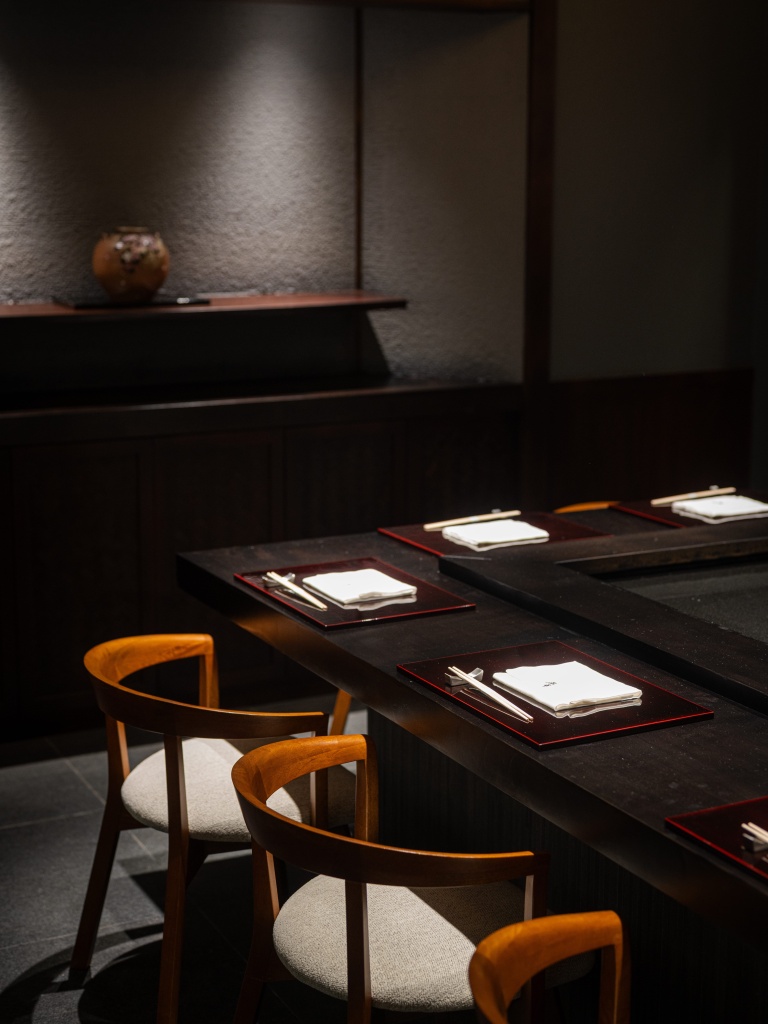
With 11 intimate counter seats (and a private room which seats eight), and only one seating per meal time, we think it’s only a matter of time before bookings fill up — don’t wait too long to book!
This was a hosted tasting.
For more new eats around town, check out our new menus round-up, or read our review on Ippudo Beyond, a new concept by the ramen maestros.
Tue 12pm - 3pm, 6.30pm - 10.30pm
Wed 12pm - 3pm, 6.30pm - 10.30pm
Thu 12pm - 3pm, 6.30pm - 10.30pm
Fri 12pm - 3pm, 6.30pm - 10.30pm
- Newton
